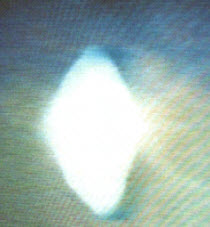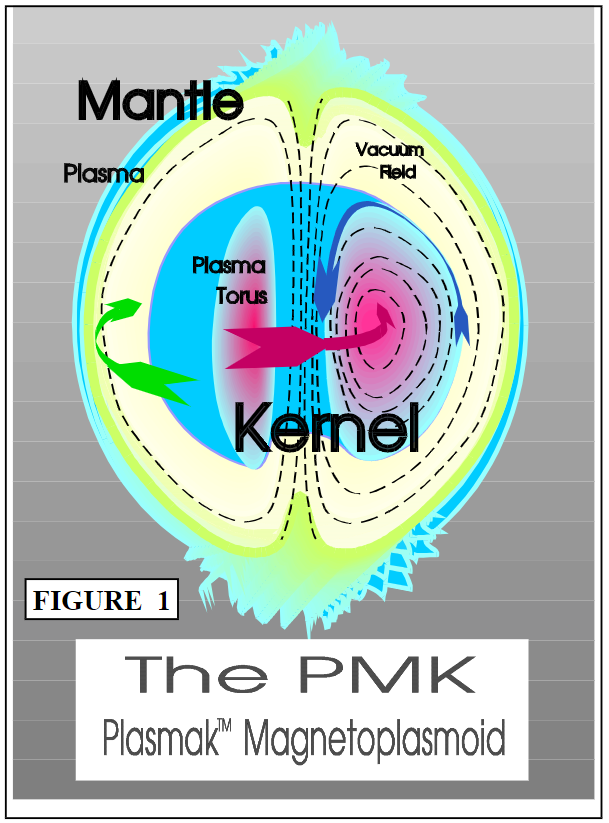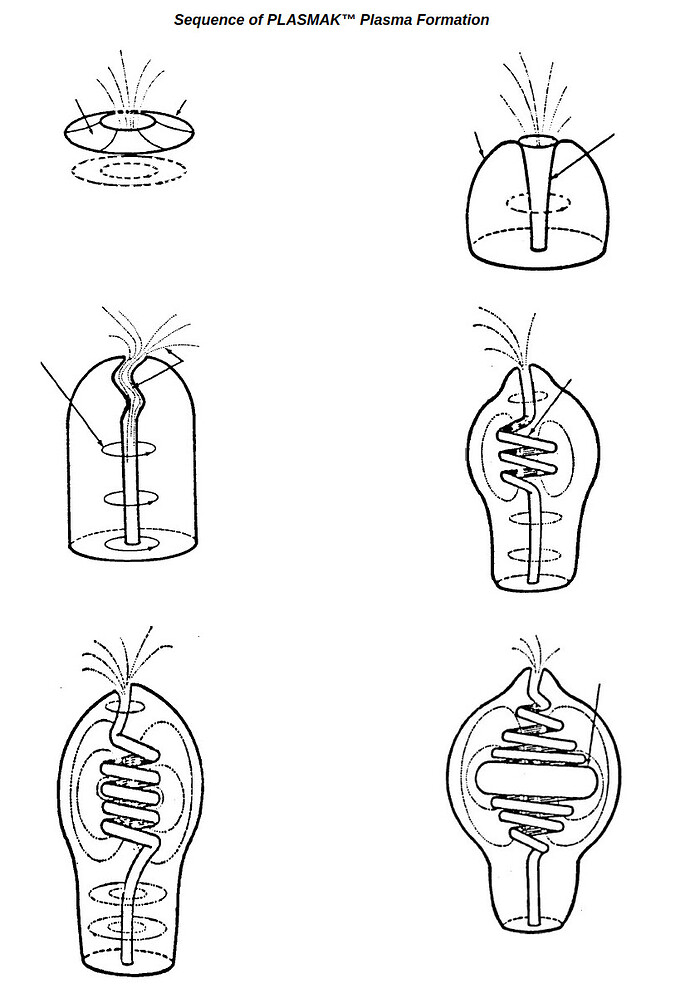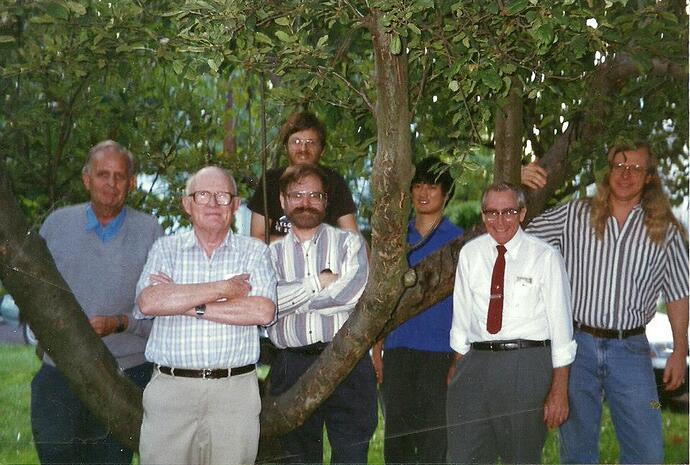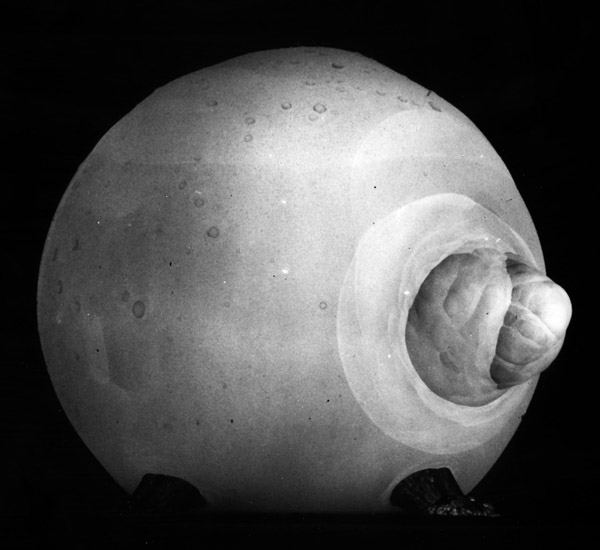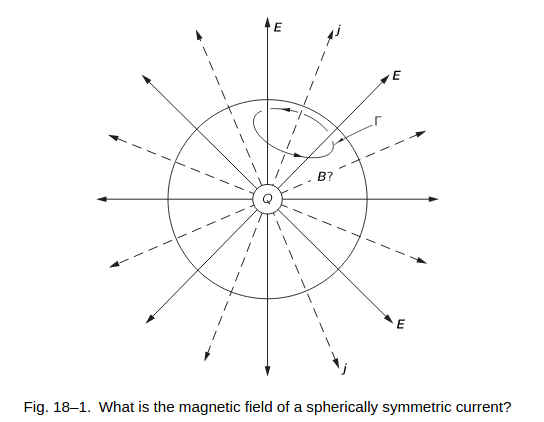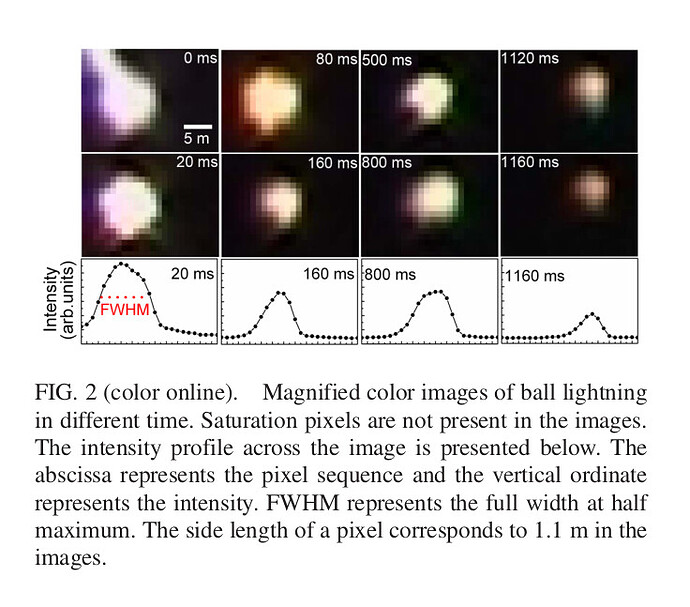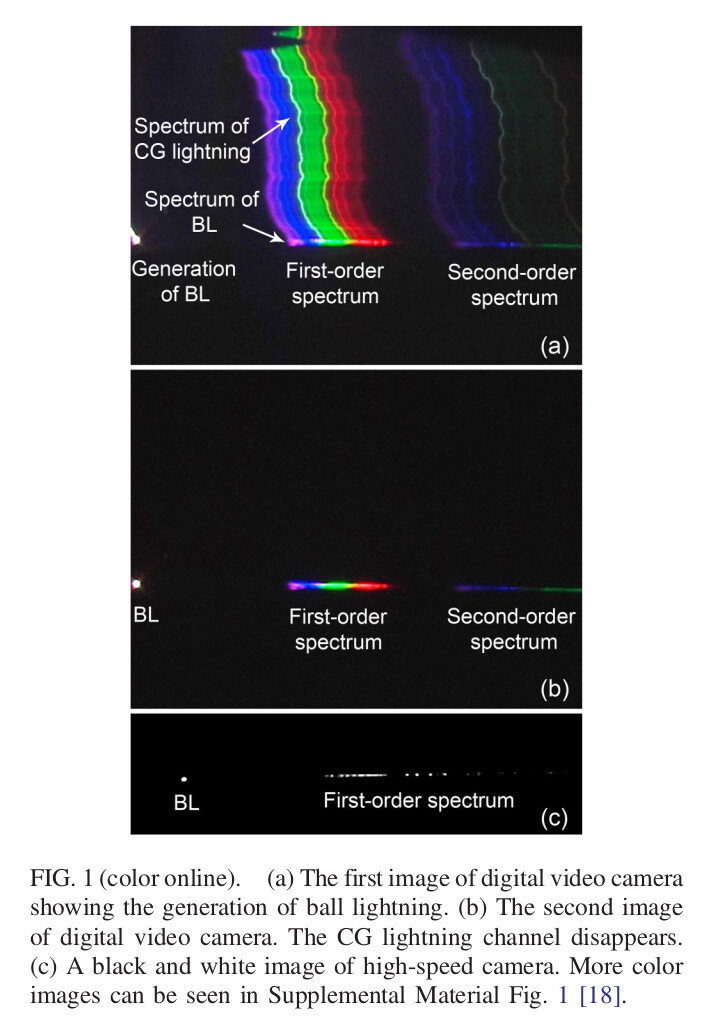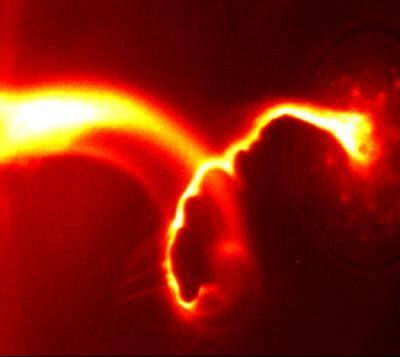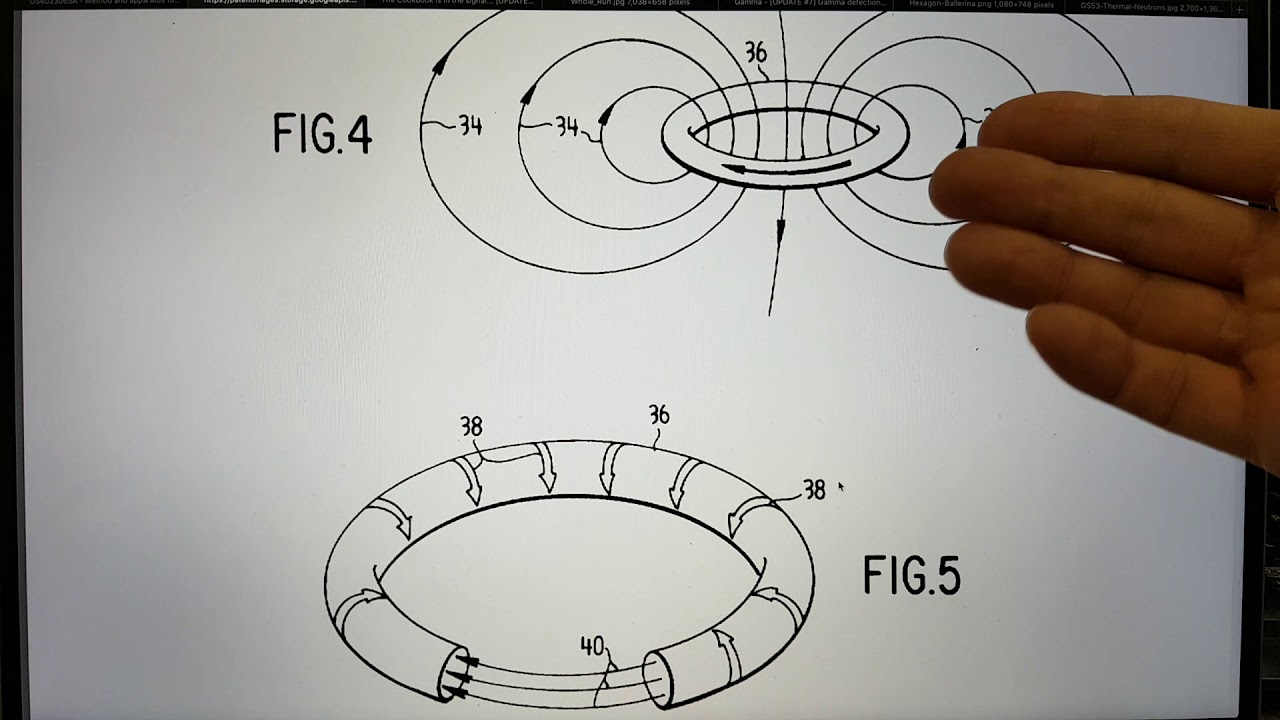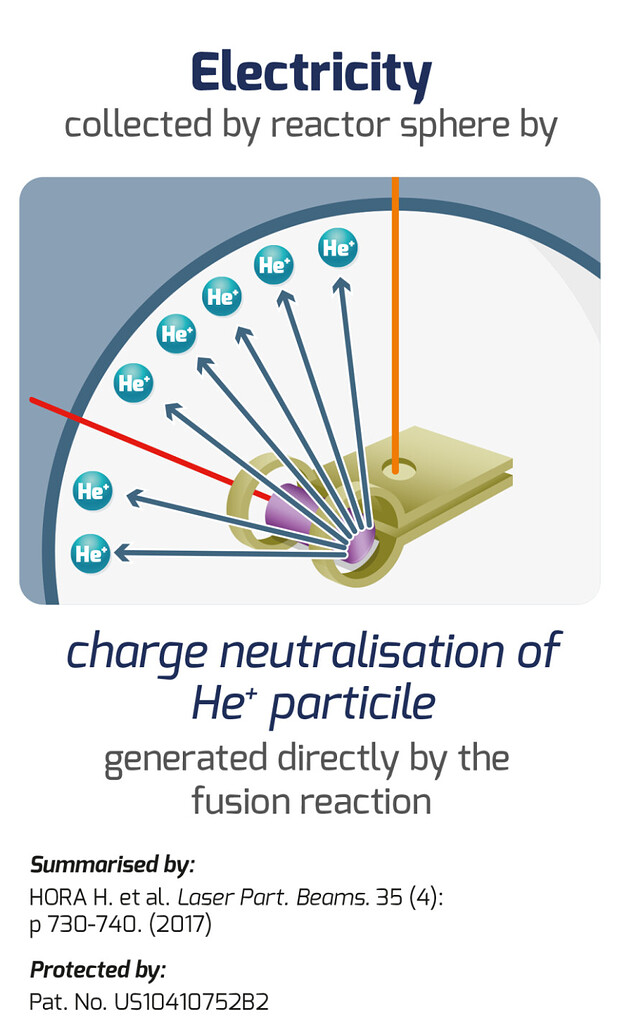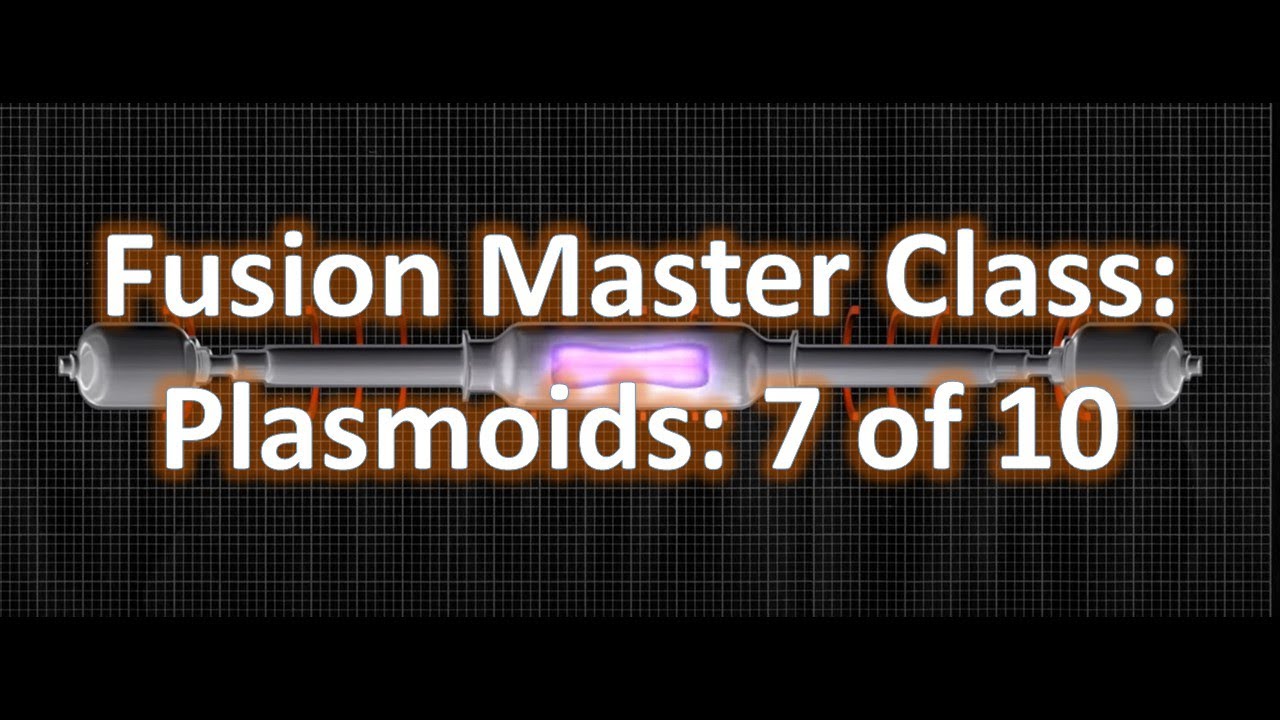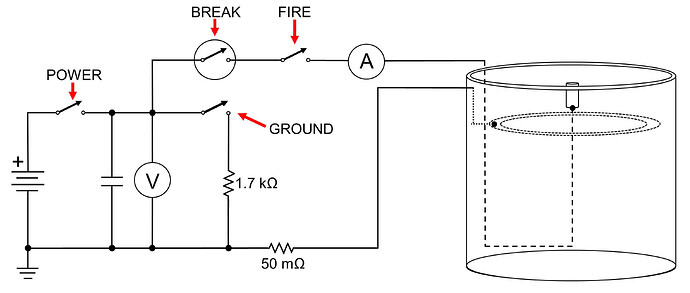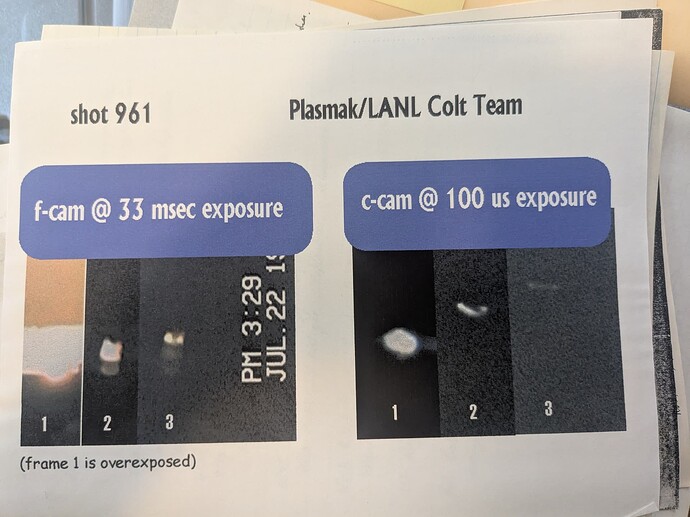Before I tell you this fusion energy horror story, let me critique a couple of critiques regarding “fringe” energy technology:
Pascal’s Scams
Nick Szabo’s term “Pascal’s Scams” is a valid critique, in general, of what are essentially con games: A low probability but enormous future consequence (“unlimited free energy”, “global change catastrophe”, etc.) is set forth so as to justify present investments. Nick’s point is that even if the probability is as high as O(1%), it is still beyond the capacity of even professional investors to judge rationally.
Conclusion?
Ignore low probability enormous future consequences in your decisions. You’ll go bankrupt trying to cover all your bets.
My critique of the Pascal’s Scams critique:
Szabo’s argument is, by implication, an argument against large accumulations of power and/or capital – but such accumulations do exist and are therefore under a fiduciary responsibility to perform due diligence on low probability prospects with high consequences.
Case in point: The Federal Government. Try as we might to argue that Fed investment in, say, fusion energy development (don’t call it “research”, please and, please, let’s drop the idiom “research and development” as it conflates two very different activities) we will argue in vain against the conditional argument:
IF we accept such enormous concentrations of capital and power as exist in the Federal Government
THEN they are obligated to invest (investigate) various low probability events with high present value.
(I know… I KNOW… Why do you think I’m dead set on militia.money if not to strike at the root of centralization – even more than I’m dead set on Algorithmic Information prizes as a way of advancing science to counter centralization’s groupthink mentality?)
It Violates Black-Letter Science!
Obviously, violations of, say, scientific black-letter laws like conservation of energy, are strong priors we bring to any estimated risk. For good reasons that I don’t need to belabor, their violation brings the probability of the veracity of said violations orders of magnitude below the O(1%). This is so low that many of us might not demand that even an entity with a net present value of hundreds of trillions of dollars, like the Federal Government, bother investigating so as to discount the risk of the violations being true.
However, this ignores the potential for huge concentrations of wealth and power to be overtaken by personalities that specialize in overtaking concentrations of wealth and power. Funny how that works! Such people are likely to be very expert at understanding the laws of human nature but unlikely to understand the laws of nature herself. G-loaded intelligence measures provide the potential for some individuals to excel at either of these specializations. However, expertise largely consists of knowledge acquired over a lifetime if not over history if not over evolutionary eons. These dwarf the raw intelligence of the individual. One feature of human nature, evolved since the last common ancestor of chimpanzees and humans, is the tendency toward in-group vs out-group politics. Nowhere is this going to be more apparent than in political entities like government.
So, despite the enormous power implied by independent review of a scientific finding by N independent scientists – each with an error rate of P resulting in a Black-Letter Scientific Law Probability = 1-(P^N) – there is a countervailing law of human nature that is virtually the inverse.
And everyone, at some level deep in their all-too-human-gut, knows this countervailing fact of government science is not merely true, but is increasingly a fact of life as the economic independence of the middle class, largely the class of scientists, disappears. The yeoman have always provided the foundation for scientific revolutions. With loss of middle class economic security comes dependence on concentrations of wealth and power. This loss manifests as a concomitant loss of the independence of scientific thought among scientists’ socioeconomic class! And, NO: Academic tenure in the highly politicized world of academia and its publish-or-perish ethos subject to exploitation by citation nepotists, is no substitute for an independent yeoman class.
Fair enough?
The Horror
Now if you can imagine yourself in a position where you have just testified before Congress on a newly enacted law your coalition promoted to decentralize a gate-keeping technology to the stars, you might then be able to understand why a regular Joe (or, in my case, Jim) might take an interest in “fringe” technologies with large consequences even if they have low probability that should be investigated only by those quite irregular folk granted public trust and authority over enormous concentrations of wealth and power.
Such was my interest in investigating a purportedly radical advance for field reverse configuration fusion technology called (by its inventor Paul Koloc) the PLASMAK.
The radical advance?
Artificial Ball Lightning
Here’s the image that grabbed my attention. It purports to be the first of 3 video frames 30ms apart showing a PLASMAK in motion: An atmospheric FRC plasmoid starting from its position:
I will now perform a magic trick in which I will jump to the end and you will be deceived into thinking that I just spoiled the “horror” story:
These images turned out to be, in fact, a mere video artifact arising from the way 2D CCD pixel arrays can end up behaving like 1D linear scanners. What you’re actually seeing in the curve-edged diamond shaped “plasmoid” is a time-profile of the diameter of the plasma – starting small, increasing and then decreasing to an equally small size. The plasma was so bright that it penetrated the CCD pixel mask, apparently at a 1D boundary during the “off” phase of the camera’s frames. During this phase the image is being shift-registered out of the pixel array, and each row is clocked out, it is exposed to the exceedingly bright plasma discharge!
OK. I get it. That’s a, perhaps, technically interesting story of perverse measurement. Otherwise it’s a boring story – certainly not a “horror”. However, it’s not the whole story. If you’re thinking “fraud”, don’t jump the gun. It’s more interesting than that. The larger story here borders on paranormal evil. One could, I suppose amplify to make a pretty decent scifi/horror tale with a wide enough range of elements to challenge Robert Anton Wilson and Robert Shea.
Returning to Ball Lightning…
Anyone who has thought much about controlled fusion has spent a lot of time thinking about spherical plasma configurations, such as spheromak (a variety of field reversed configuration plasma).
Ball lightning (or, for you true believers in “skepticism” out there: assuming it even exists) is a stable spherical plasma configuration. Plasma stability is the holy grail of all fusion approaches (that aren’t based on inertial confinement such as laser implosion, electrostatic, etc.). ABL would extend, by many orders of magnitude, one of the 3 parameters (time) of the Lawson criterion for fusion:
time * density * temperature
The Lawson criterion basically says that if you want to get energy out of a plasma, it needs to be very hot and dense – and it needs to be in that state for time long enough that the atomic nuclei that are randomly whizzing around at high speed, collide with each other. When they do, they will overcome their mutual repulsion with inertia to get close enough that something called the “strong nuclear force” dominates their interaction. That strong nuclear force is what holds atomic nuclei together despite being of like (positive) charge. When that happens, BANG, they fuse to form heavier nuclei and release a lot of energy.
PLASMAK purportedly increases not only time, but the other two parameters by orders of magnitude because BL is stable in air. That means PLASMAK, if captured in a piston, it can be compressed to whatever pressure is mechanically attainable with a gas. Mechanical pressurization by the gas law:
pressure ~ density * temperature
increases the other two parameters simultaneously:
density * temperature
This is why a particular plasma parameter called “beta”, the ratio of plasma pressure to magnetic pressure, is key to magnetic confinement approaches.
An example of the use of mechanical pressurization in a current (privately financed) FRC approach is shown in this recent video about a promising commercial fusion technology (that, incidentally, inspired me to tell this tale of horror). They form a FRC plasmoid and, as though it were in an O’Neill mass driver, grab its magnetic field to accelerate it into a funnel that, via image currents in the funnel, magnetically repels the circumference around the plasmoid even as it constricts and shrinks. Such FRC devices purport to achieve betas approaching 1 – which means the force of repulsion felt by the funnel wall is fully transferred to the plasma’s pressure. Tokamaks, by comparison, are hoping to achieve beta = 0.05!
Koloc’s FRC theory of BL purports a plasma beta of 10. How? Don’t know, but I suspect it has something to do with the topology:
Those familiar with FRC topology – especially the spheromak – will recognize the arrows as representing current fields. The torus colors indicate the gradient of helicity in its current field. Helicity is the number of cycles per distance. The blue being pure solenoidal (infinite helicity) current at the vacuum boundary of the contained plasma “Kernel” and red being 0 helicity. The plasma “mantle” – or optically thick surface of the plasmoid – is in contact with surrounding gas and is at ambient pressure.
This picture, BTW, contains within it the history of magnetic confinement technologies that progressively incorporate more and more of the confining currents into the plasma itself. The Stellarator has no plasma current. Helical currents in the Stellarator are in metal conductors external to the plasma. The Tokamak induces plasma current with zero helicity and confines with pure selonoidal (infinite helicity) currents in the metallic magnets. The Spheromak induces a plasma current field with helicity varying from infinite at the outside of the plasma ring to 0 at the center – but has a new confining current induced in the metallic sphere surrounding the plasma ring. The PLASMAK eliminates all metal conductors by placing even the spheromak’s metallic sphere with the plasma “Mantel”.
Those of us familiar with “fringe” electrodynamics (and Aharonov-Bohm effects) will note that the solenoidal current contributes no sensible fields outside the plasma torus; it contributes only pure longitudinal (curl-free) magnetic vector potential. The curl-free magnetic vector potential is often associated with “psychotronics” and possibly even paranormal technologies.
We now stand at the fringe of physics with ball lightning and curl-free magnetic vector potential.
Let the fun begin…
Koloc’s claim was that the electrons, particularly those comprising the blue current field, were relativistic. Their time dilation accounted for ball lightning’s anomalous stability. Moreover, the way they became relativistic was due to phenomena related to discontinuities involving magnetic field reconnection events as the so-called “kink instability”, a well known bane of fusion technology, resulted in turns of a lightning bolt’s helical path collapsing into one another by mutual magnetic attraction.
The evolution of a PLASMAK is illustrated as emerging from a helically wound coaxial plasma gun in this manner:
In the final frame, you’ll notice the torus forming as the turns of the coil attract each other and collapse into a single structure. Each collapsing turn converts its internal magnetic energy into acceleration of the solenoidal electrons. Their time dilation then creates an anomalously long lifetime while also creating an enormous longitudinal vector potential around the torus that extends well beyond the plasmoid.
Now it wasn’t until over 20 years later that I became aware of the magnetic vector potential as a topic let alone a fringe topic, but given the spooky stuff that ensued with Koloc…
Well, here it is:
Based on my conversations with Bob Bussard, in which he expressed the opinion that Koloc might be onto something – since Koloc had actually done some engineering work on the Spheromak at the UoMD – I gingerly approached Koloc. This was not just with regard to the fusion prize award legislation Bussard later endorsed. I had been going back and forth to Washington, D.C. to try to get more technology privatized, and Koloc lived just outside the beltway. I decided to pay him a visit on a number of occasions. He had a large garage in which he had quite an array of equipment including a machine shop. I hung out with him on those occasions watching him fabricate and operate equipment.
On one occasion I asked him if I could see the original video of the plasmoid that had originally caught my attention. He said he couldn’t find it. Too bad. Oh well, he had another picture of a plasmoid he said he had produced by blowing out a helical lamp and showed it to me.
At one milestone an entourage from Los Alamos and Lawrence Livermore showed up to witness the “campaign” based on an addition to Koloc’s garage that was a more robust experimental cell with larger, higher voltage capacitors, mercury switches, etc. We even got a group picture with Paul at the center (with a beard) and me the viking hanging from a branch at the right.
The pictured Japanese guy will become important presently.
Koloc’s attempts to get his system to produce plasmoids seemed not to produce anything long-lived. Everything looked more like one frame only taken from those high speed movies of atomic detonations:
At this point I have bring up this, the very first illustration in Feynman’s lecture on Maxwell’s Equations:
There is NO magnetic field produced by the symmetric current in this illustration because it illustrates how a current can generate longitudinal, aka curl free vector potential.
The careful observer will notice that Feynman had a history with relativistic electrons moving in just such a configuration that makes lightning look like child’s play.
Can you spell EMP?
I’ve speculated that Feynman’s experiences with atomic bombs led him to believe there may be something anomalous going on with curl-free magnetic vector potential, and that he used this diagram as his introduction to Maxwell’s Equations as a kind of dog-whistle. To whom? Maybe to bright young students that hadn’t been immersed in the post-Manhattan Big Science era long enough to lose their intellectual independence.
But getting back to Koloc…
About 6 years after I had first made contact with Koloc, it was becoming apparent to me that he was having a lot of trouble reproducing his results, so I took time out from the DotCon bubble and flew out to see what was going on.
But just before I took the trip, I had a, uh… “dream”.
In this “dream”, which started with a kind of Christmas theme to it, I was in a forest and saw a pine tree. In the pine tree was a black presence. The black presence – amorphous except that it was reminiscent of a large bat – was crawling up the trunk. When it got to the top, it turned and looked at me. Then suddenly it flew straight toward me and penetrated right into my body. I was convulsing violently as though it was struggling to take “possession” of me. In my dream I prayed for deliverance from this demonic flying black bat thing. It immediately made like Beetlejuice having his name spoken – squawking loudly before departing.
I rarely have nightmares and never ones where I’m physically convulsing.
While in Koloc’s garage lab, I worked on diagnosing the wave forms of his capacitor bank and compared it to his desired wave form – which he had not been able to achieve. In so doing, I brought up a copy of SPICE to simulate the circuit. Koloc, came in at one point and, standing behind me, started giggling in a manner I had not heard out of him before, pointing at the screen of a SPICE wave form and said “Batman”. Indeed, it was a head-and-shoulders trace with what could be taken for bat ears atop the head.
I was a bit spooked as it reminded me of the nightmare … but I continued working on the SPICE model.
While I was there, the Japanese fellow – remember him? – came in and collected some equipment he had lent to Koloc years earlier. He had just coincidentally shown up from California when I was there visiting. As he was walking past me, on his way out with all his equipment piled up in his arms, he violently mouthed words to me so that Koloc couldn’t see or hear him. My best guess is that he was saying something like “KOLOC IS CRAZY!” He left and I never saw him again.
Koloc started saying rather strange things. One thing he mentioned was that the Japanese believed that ball lightning was manifestation of Samurai spirits. Something else he said was that these lightning discharges were also manifestations or portals to spirit realms.
I continued to work on the SPICE model.
At one point Koloc excitedly exclaimed, “THAT’S IT!!” while looking at the wave form of a SPICE circuit I’d designed that incorporated an enormous inductor so as to achieve an instantaneous rise time to initiate the plasma which then gradually discharged the capacitors to sustain the plasma gun.
So I let him sit down and play with the model.
Meanwhile I went poking around his garage.
Lo and behold, I found a video tape that seemed to be dated to around the time of the previously mentioned video artifact that caught my attention as a plasmoid. I was excited that I might be able to see the actual video!
Koloc had, at this point, gone back inside and I was alone. So I played the video. It wasn’t a video. It was a bunch of individual “shots” of a capacitor bank and the “3 frames” that were supposed to demonstrate a long-lived plasmoid across 90ms were in fact separate images taken in separate shots.
Koloc came back in and I casually mentioned I’d found the original video tape of the plasmoid. Koloc didn’t seem phased – only interested – and I continued to look at the tape – digitizing as much of it as I could.
Then Koloc started talking about “rats”. He had to kill rats that had invaded his garage. He got out some rat poison and went outside. When he came back in, he had a .22 – to kill rats.
Believe it or not, I didn’t immediately flee or let on I was in the slightest perturbed. I just continued blithely to do my thing. This was a habit I had picked up while dealing with people who were freaking out on acid back in college. It worked. Just make like everything is normal and avoid getting into their head space at all. Ken Keasey called it something like “Get them into YOUR movie rather than letting THEM get YOU into THEIR movie.”
Besides, I had no where to go. I had accepted Koloc’s invitation to stay in the guest bedroom.
I didn’t sleep very well, of course.
In the morning, I decided to excuse myself and stay with some other friends in the DC area. Koloc was very insistent that I not leave, but I was equally insistent that I had to.
At one point, while sitting and putting my shoes on, my exhaustion got the better of me and I slumped visibly. Koloc let out that “giggle” again. I immediately looked up at him and his expression changed as though I had caught him doing something “naughty”.
He touched the crucifix that he always wore around his neck.
I left.
